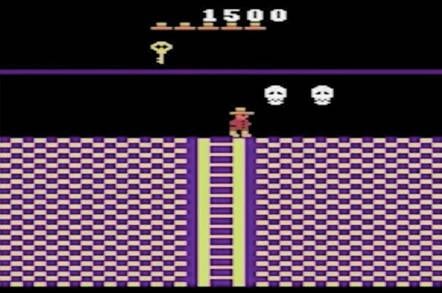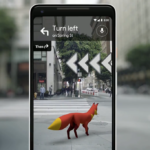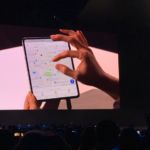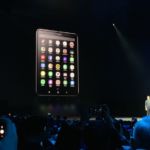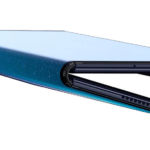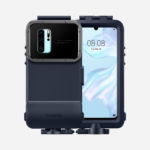Artificial intelligence... or advanced imitation? How DeepMind used YouTube vids to train game-beating Atari bot
I think I'm a clone now
A screenshot of the agent playing Montezuma's Revenge.
Video DeepMind has taught artificially intelligent programs to play classic Atari computer games by making them watch YouTube videos.
Typically, for this sort of research, you'd use a technique called
reinforcement learning. This is a popular approach in machine learning that trains bots to perform a specific task, such as playing computer games, by tempting them with lots of little rewards.
To do this, developers have to build algorithms and models that can figure out the state of the game’s environment, identify the rewards to obtain, and then go get 'em. By seeking out these prizes, the bots should gradually progress through the game world, step by step. The goodies should come thick and fast to continuously lure the AI through levels.
But a new method, developed by DeepMind eggheads and documented
in a paper this week, teaches code to play classic Atari titles, such as Montezuma’s Revenge, Pitfall, and Private Eye, without any explicit environmental rewards. Instead, an agent is asked to copy the way humans tackle the games, by analyzing YouTube footage of their play-through sessions.

